This post was originally published on September 29, 2022.
Nowadays, the world is shifting toward electrified mobility to reduce pollutant emissions caused by nonrenewable fossil-fueled vehicles and to provide an alternative to expensive transportation fuel. However, the two major issues affecting electric vehicle adoption over conventional vehicles are travel range and charging process. With the introduction of Electric Vehicles Wireless Charging, no more hours of waiting at charging stations; now you can charge your vehicle by simply parking it on a parking spot, in your garage, or even while driving.
Electric Vehicles Wireless Charging
Over the past ten years, there has been a tremendous increase in the development of Electric Vehicles Wireless Charging. Currently, charging for automobiles takes place at home or, in the case of fleets, at the owner’s place of business. They’ll face charges tomorrow at several different additional locations, including their workplace, the store, the street, and tourist hotspots.
A reduction in air pollution may result from the installation of wireless electric vehicle charging stations at these locations, which may also boost customer and employee loyalty, draw in new business, and promote the use of wirelessly charged automobiles more widely in densely populated areas. The ideal situation would be for cars to be able to be charged whenever and wherever they are parked, and EV owners wouldn’t need to worry about the grid connection since it would happen automatically.
There should never be a need to plug in a vehicle thanks to wireless charging devices that are correctly incorporated into vehicles and strategically placed around cities as well as at owners’ houses. Drivers should just park over a coil buried in the ground or placed it there as usual.
How does Electric Vehicles Wireless Charging work?
Wireless charging employs the principle of electromagnetic induction to transmit electrical power as a magnetic field through the air. It’s also known as inductive charging or, redundantly, wireless inductive charging.
In brief, electricity induces a current in a coil of copper wire, which is then emitted at a specific frequency—for the most likely applications, one close to FM radio frequencies. This produces an oscillating magnetic field, which is captured by a second copper coil.
Electric Vehicles Wireless Charging can be made practical by fine-tuning the signal based on the spacing and using capacitors, as well as some core-physics ideas like the concept of resonant frequencies.

Static and Dynamic Wireless Charging
- Static Wireless Charging
- Dynamic Wireless Charging
Electric Vehicles Wireless Charging can be divided into two groups depending on the use.
- Static Wireless Charging
As the name says, the car charges when it is stationary. Therefore, we may just leave the EV parked at a space or in the garage connected to WCS. The receiver is situated underneath the car, and the transmitter is installed underground. Prior to exiting the car to charge, align the transmitter and receiver. The size of their pads, the distance between the transmitter and receiver, and the power level of the AC source all affect how long it takes to charge. This SWCS works best in locations where EVs are left parked for a long time.
- Dynamic Wireless Charging System
The term implies that the car charges as it travels. A stationary transmitter transmits power over the air to the reception coil of a moving vehicle. When traveling on roads and highways, an EV’s battery could be continuously charged using DWCS to increase its travel range. It lessens the need for substantial energy storage, which makes the vehicle lighter.
Various Electric Vehicles Wireless Charging systems
Based on the operating system, electric vehicle wireless charging systems are classified into three types. They are as follows:
- The capacitive wireless charging system
- Permanent magnetic gear wireless charging system
- The inductive wireless charging system
The Capacitive Wireless Charging System
The car will be recharged once it is parked, as the name suggests. The transmission of energy between the transmitter and receiver is accomplished by causing changes in the electric field. Coupling capacitors are used in place of magnets or coils, as these capacitors receive and then transmit power.
Permanent Magnetic Gear Wireless Charging System
Both the receiver and the transmitter in this sphere are made up of armature and synchronous windings. If viewed differently, the launcher’s side section appears to be like that of an engine.
When the alternating current connects the transmitter coil, a mechanical torque is produced. The PM magnetic field has the following torque after charging the magnetic interaction in the transmitter, causing the permanent magnets to rotate. As a result, the system generates power for an electric vehicle.
The Inductive Wireless Charging System
Mutual induction and the creation of a magnetic field between the receiver coil and the transmitter coil enable wireless transmission. The magnetic field moves and generates power when AC power is applied to the transmitter coil.
Electric Vehicles Wireless Charging Pros and Cons
Pros
- Wireless charging technology could make EVs much more livable daily, especially for those who find daily charge cables and connectors inconvenient.
- Wireless charging hardware, unlike cables and connectors, does not have wear points that require replacement every few years. Snow and ice will also not get in the way.
- Also, as EV adoption increases, if wireless charging is used more frequently for convenience, it may reduce the need for DC fast charging, which is more of a burden on the electrical grid.
Cons
- The most important consideration is cost. Wireless charging is likely to cost thousands of dollars as an option. It will always be more expensive than a wall or post charger due to the need for two large hardware component sets.
- The inflexibility of wireless charging may be an issue for some households that are used to changing parking plans by the night, as the charging pad is much more difficult to relocate than a charge connector.
- The interoperability of mixed-and-matched wireless charging components should not be an issue; that was the whole point of waiting until the industry agreed on a standard, which is now available.
Electric Vehicles Wireless Charging Challenges
- The current infrastructure is insufficient for the installation of static and dynamic wireless charging stations on roads, hence new infrastructure development is necessary.
- It is necessary to maintain EMC, EMI, and frequency standards to protect human health and safety.
Companies Currently Developing Wireless Charging System
Numerous businesses support the “Go Green” initiative. They are introducing electric vehicles because they oppose conventional fuel-powered vehicles. Other businesses are interested in developing a wireless charging system to recharge them in an environmentally friendly manner. These businesses include Tesla, Nissan, Chevrolet, and others.
Wireless charging will not be faster than AC charging using the car’s onboard charger, which generally uses 11 kW to 20 kW, but rapid DC charging will go up to 300 kW to provide a very fast charge. EVs are increasingly dominating electrification, but range is still a very problematic issue. It will take some time before Electric Vehicles Wireless Charging inductive charging can be integrated into the infrastructure and everyone can choose to use it, pay for it, and feel secure doing so.
| Homepage | EV Cars |

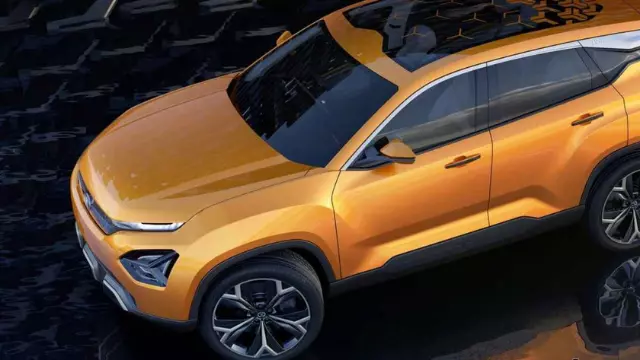
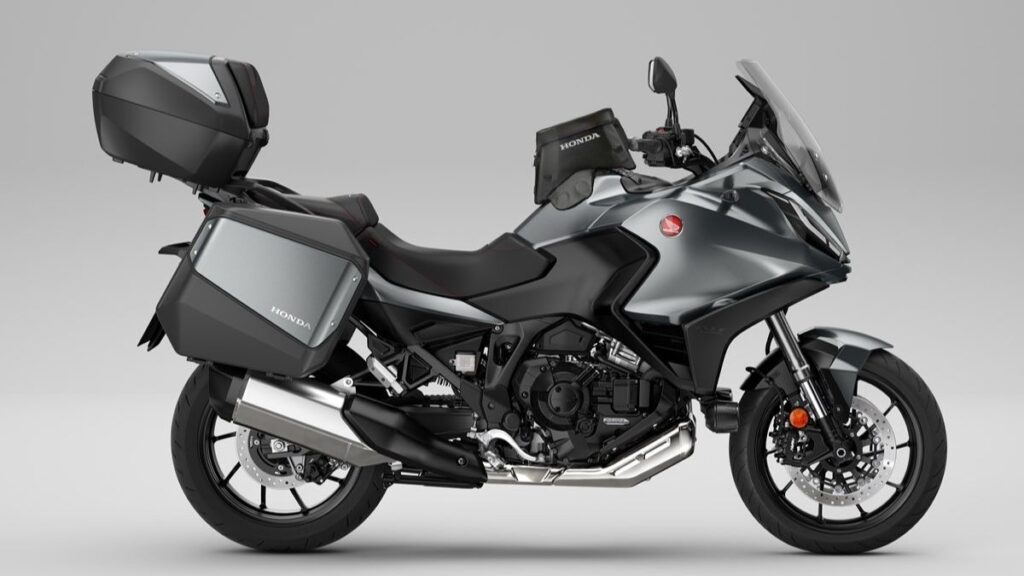
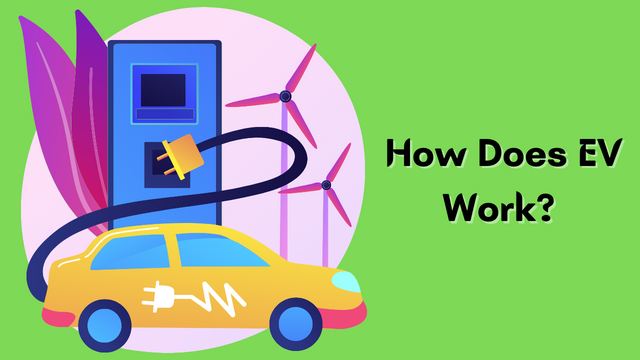
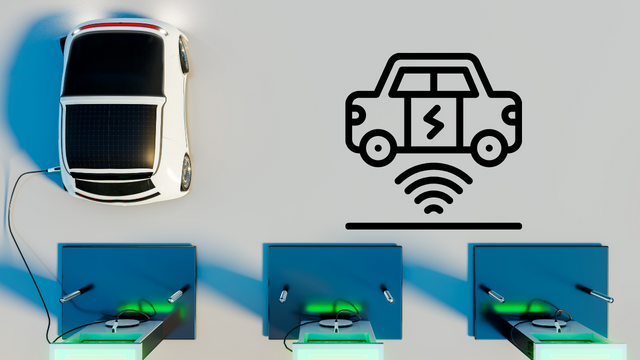

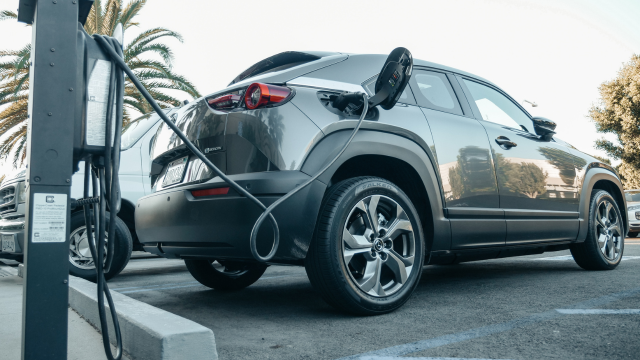

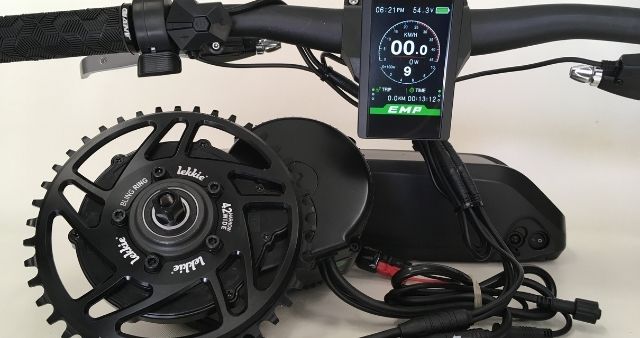

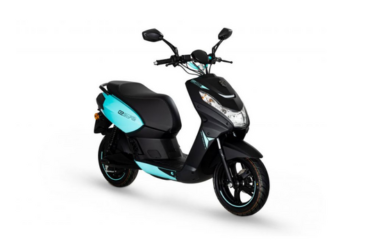
Leave a Review